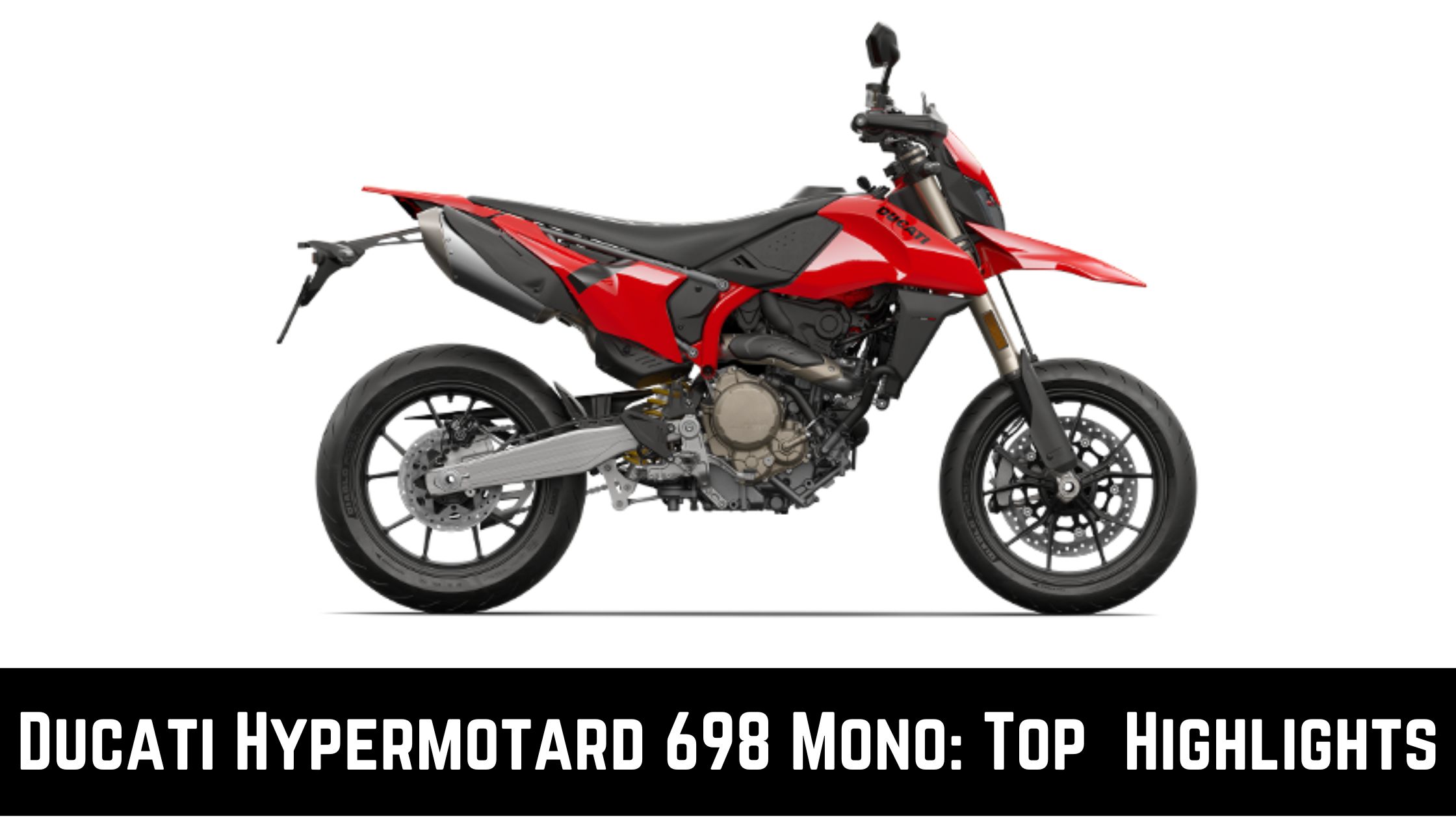
When motorcyclists least anticipate it, engine overheating is thought to be a more frequent motorbike problem. Engine overheating can be problematic, and it can be expensive to remedy an overheated-engine scenario. Despite this, many riders may still be caught off guard by the situation and may not be aware of the precise causes of engine overheating or what can be done to prevent it. As a result, it’s critical to understand both the root reasons for engine overheating and, more crucially, how riders may avoid situations like this from occurring.
Here are five more frequent causes of motorcycle engine overheating, along with solutions for mitigating the problem.
5 Common Causes Of Engine Overheating
1. Hard Riding
Hard riding is one of the most frequent causes of engine overheating. When the road conditions allow, motorcycle riders love the unbeatable adrenaline that comes from shifting through the gears at a high RPM.
An engine must spin a little bit faster and use a little more effort when a motorcycle is required to deliver a lot of power for extended periods. As a result, engines will warm up and occasionally be forced above their intended working temperatures. When a motorbike engine is overworked, engine overheating can occur.
The solution can be relatively simple if you want to avoid this. Try maintaining a lower engine RPM on your motorcycle, and only use the throttle when necessary. Temperatures are kept within the operating range of your cooling system, which will be able to control temperatures while your engine RPM (revolutions/rotations per minute) is spinning at a low speed and under less load.
2. Faulty Cooling System
Poor cooling efficiency can result from various factors when a motorcycle cooling system is involved. Your cooling system may operate less effectively than intended due to faulty radiator fans, bad water pumps, stale coolant, unclean motorbike radiators, and worn-out radiator caps. In turn, this can lead to engine overheating. The parts mentioned above must constantly be in excellent condition to avoid engine overheating brought on by a malfunctioning cooling system. Check the rotation of your radiator fan, confirm that the radiator cap makes a tight seal with the radiator, have your service center check the water pump, and if possible, take care of a full coolant cleanse.
3. Bad Engine Oil
Unsuitable engine oil can leak into the combustion chamber and deplete our oil reserves, or if an engine gets too hot, it can more easily evaporate inside the sump. You should know that with low engine oil symptoms, the machine will not receive enough cooling from the oil, which might prevent overheating. Variable oil viscosity can also increase friction within the engine, which can lead to overheating.
As a result, maintaining your motorbike within the manufacturer’s suggested oil specification and ensuring that it always has the proper amount of oil inside the engine are the best strategies to avoid engine overheating brought on by poor oil. Changing the motorcycle engine oil in 1500-2000 Km is advisable.
4. Running Too Lean
A balanced mixture of air and fuel is necessary for optimal combustion for your motorcycle to produce power. Your bike can naturally have this perfect balance of air and fuel right out of the box. However, over time, wear and tear from countless kilometers of use can lead to a departure from the correct air-fuel ratio, which might impair the performance of your engine. However, this results in poor power delivery and carbon buildup on the spark plug and engine valves. Running rich, or having too much fuel in the ratio, will help to lower combustion temperatures.
On the other side, operating lean with much air in the balance can result in pinging noises, poor power, and other problems. On the other hand, running lean with too much air in the ratio can result in pinging sounds, inadequate management, and excessively high combustion temperatures.
Engine overheating is common when an engine’s air-fuel ratio is biased toward a lean mixture. Two things must happen to prevent a slender variety from occurring. Either add more fuel to the mix or cut back on the amount of air entering the system, which may resolve this issue for riders of carbureted motorcycles with a straightforward air filter replacement and carburetor tune-up. What can resolve this issue for fuel-injected motorcycles by changing the air filter and inspecting the fuel delivery system, which will balance the air-fuel ratio and enable the bike to operate as intended?
5. Hot Weather
Last but not least, an engine can quickly overheat in hot weather. The best solution for a hot-running engine is always cool air. This explains why driving on the interstate occasionally results in cooler engine temperatures than when navigating city traffic. The constant breeze of cool air keeps your operating temperatures under control, which allows engine heat to disperse into the surroundings.
However, because of the heat, our tropical climate in the Philippines can occasionally work against engine cooling. Because hot air does not readily discharge hot engine temperatures, especially in commuting and low-speed circumstances, engines may have difficulty cooling themselves in sweltering conditions.
Since managing ambient temperatures is not something a motorbike rider can easily manage, the solutions to this problem are not always as simple as we would want. A rider can avoid overheating by addressing all potential sources of overheating before the weather gets too hot and the riding environment prevents a steady flow of air. The earlier sections will be the most helpful in this case, and riders may use them as a checklist of things to do to get their engine ready so it can handle hot weather much better.



